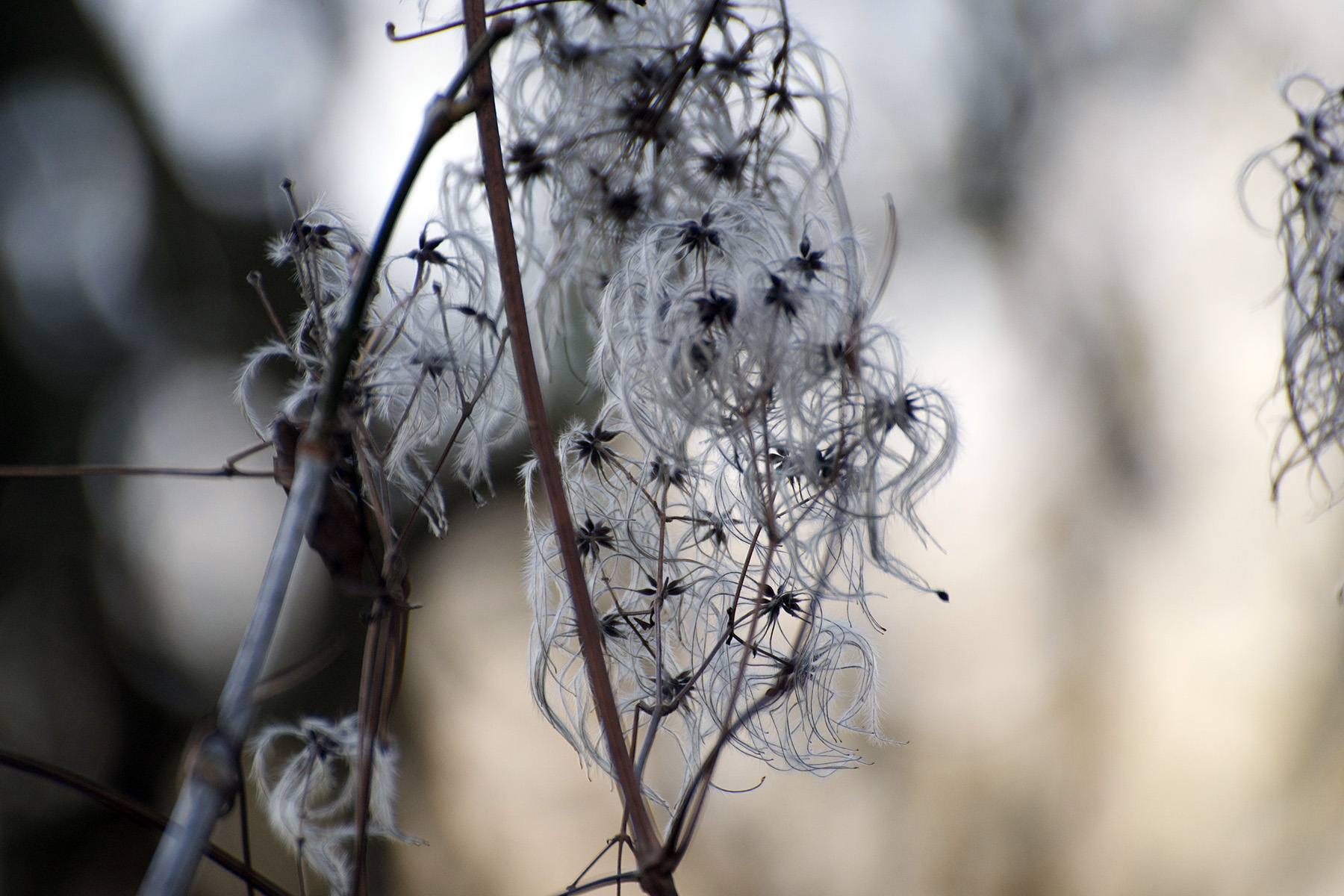Putting on my psychologist hat today.
I think we can all agree that thoughts and feelings interact with each other. What I think can shape what I feel – if I think highly of myself or one of my accomplishments, I will feel pleasure, or elation, or sustained confidence. If I think poorly of myself or the outcome of my actions, I can feel insecurity, or shame ore guilt.

The opposite is true as well: my emotions can affect my thinking. If I am feeling happy-go-lucky, self-confident and optimistic, I might be protected from catastrophic thinking. (I might also fail to prepare for potential disaster and caught helpless when it strikes, just saying….). If I feel needy for approval, or belonging, or fearful of change, I might think in ways that make sure these needs and fears are dealt with. In these cases, I will think along the lines of the group I want to belong to and avoid dissent even if data suggest I have the wrong ideas (think climate change, for example.) I might not see the world as it is, but my feelings will be protected.

Julia Galef, a co-founder of the Center of Applied Rationality, offers a persuasive explanation of how different categories of emotional needs and skills interact with how rationally and accurately we assess the world. Her book, The Scout Mindset, will be released this April. For a lightening overview of her model, here is a 10 minute TED talk.
Galef’s ideas begin with the assumption, shared by a host of contemporary psychologists, that there is such a thing as directionally motivated reasoning. Most of us are trying to make ideas that we like “win” and those that we don’t like, “lose.” In a nutshell, we ask for those things that we want to be true if we can believe the evidence. For undesirable conclusions, on the other hand, we ask ourselves if we must believe the evidence. In the process of forming our beliefs we have a lot of flexibility: we can choose what evidence to include and which to ignore, who we find trustworthy and who we avoid, whether we consult second opinions and so on.

The author suggests that two different mindsets, that of a Soldier and that of a Scout, decide how we approach the world and look at evidence to protect our feelings. The Soldier Mindset defends what it believes, advances arguments, holds positions on issues and fights what contradicts their beliefs, shoots down ideas, refuses to concede points. Importantly, sticking to your preconceptions or beliefs despite evidence that they might be false, is driven by feelings of need for belonging and approval (tribalism,) fear of showing weakness if changing opinion, and a choice to see the world through optimistic glasses to feed your psychological immune system with positive illusions against the threats of the world.
(I talked about some of these processes, including confirmation bias, previously here.)

The Scout Mindset, on the other hand, is all about being able to see things as they are, not as you wish they were, even if that implies unpleasant or inconvenient insights. It explores the actual lay of the land rather than defending assumptions about how the land is configured.
” It’s what allows you to recognize when you were wrong, to seek out your blind spots, to test your assumptions and change course. It’s what prompts you to honestly ask yourself questions like “Was I at fault in that argument?” or “Is this risk really worth it?” As the physicist Richard Feynman said: “The first rule is that you must not fool yourself – and you are the easiest person to fool.” Easier said than done, of course. The Scout Mindset is about how, concretely, to keep from fooling yourself. Throughout the book, I lead the reader through key techniques for becoming aware of your own rationalizations, making more accurate predictions, learning from disagreements, and noticing what you’re wrong about.”

What feelings drive this more rare and difficult mindset? Feelings of curiosity, it turns out, and feeling grounded enough that you are not dependent on ideology or others’ opinions or them liking you, feeling ok rather than weak when you are openminded and proven wrong, and full of yearning to understand the world as it is. I very much hope that her book’s publication in April provides the promised pointers as to how pursue this way of thinking so that we are able to discern truth amongst all the noise and prejudices surrounding it. I believe in a world where polarization has increasingly grown, with tribalism encouraging group think and constraining available information, it is more urgent than ever to help us get to scout mode.



Photographs today depict seedpods of the Western White Clematis, Clematis ligusticifolia. It grows in our NW forests and wetlands. I thought they’d serve as a good example of the difference between what you believe to be true – here are flimsy, fluffy things, their vines probably strangling trees, beautiful but useless – and what you learn when you apply scouting:
The seed floss has been used by natives as tinder for starting fires, as insulation in shoes, and as an absorbent in baby diapers; the stems to make carrying nets and bow strings; the roots to make a shampoo. An infusion or poultice of this plant was applied to sores, wounds, bruises, swellings, painful joints, and was also used to treat chest pain and backaches and to treat horses and other animals. Crushed roots were reportedly placed in the nostrils of tired horses to revive them. Stems and leaves, which have a peppery taste, were chewed for colds or sore throats. (Ref.)
Music is by Chopin. His Preludes include one titled Uncertainty (Op. 28. #5) – we need to tolerate uncertainty to become good scouts…

